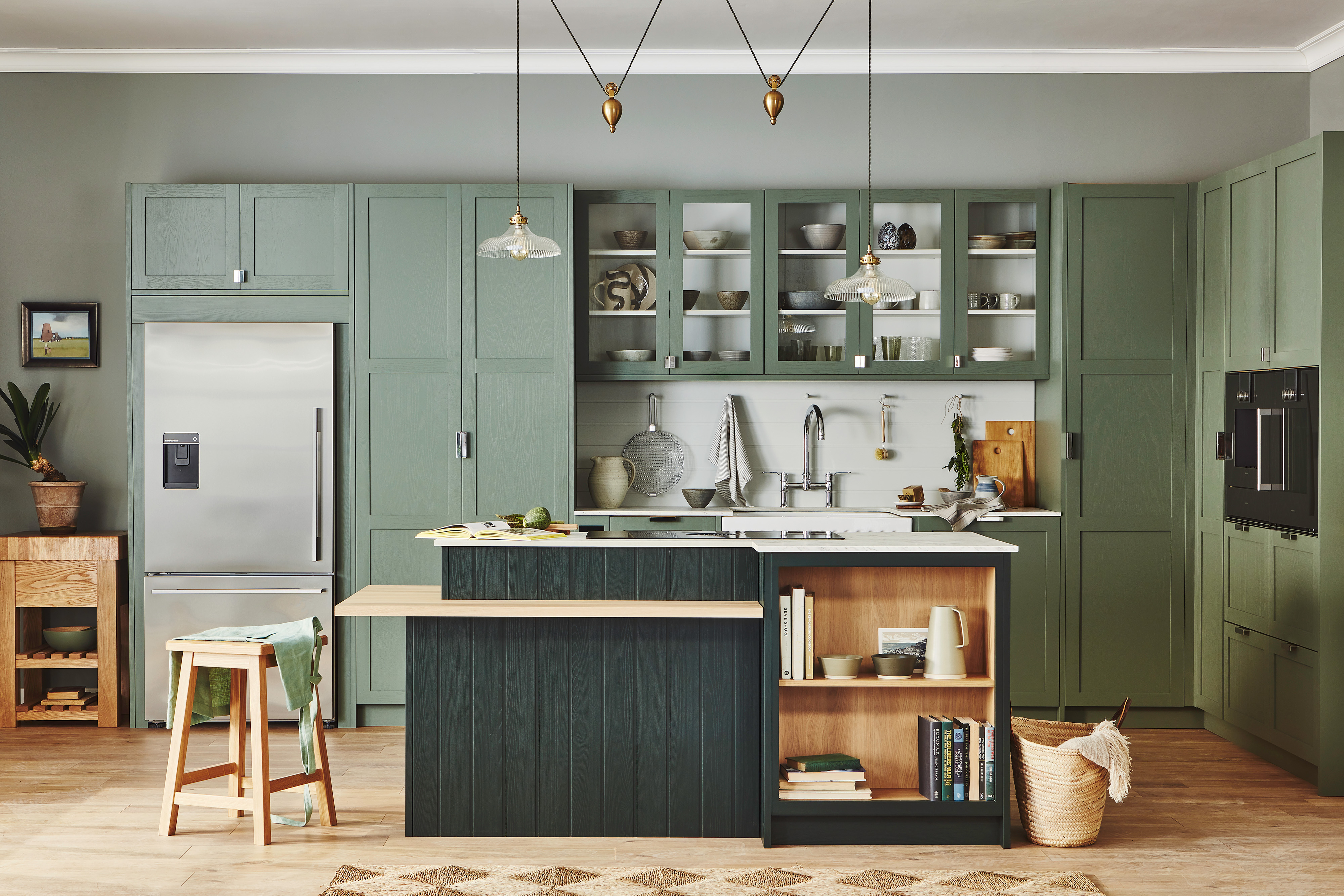
Efficient Comfort: Crafting Ergonomic Kitchen Layouts for Modern Living
The Essence of Ergonomics: A Design Revolution
Ergonomic kitchen layouts are not just a trend; they represent a design revolution focused on efficiency and comfort. In a world where the kitchen is the heart of the home, crafting a space that seamlessly blends form and function is paramount. Let’s delve into the principles that make ergonomic layouts a game-changer in modern living.
Optimal Workflow: The Art of Accessibility
At the core of ergonomic kitchen layouts lies the art of accessibility. The arrangement of elements follows a logic that optimizes workflow. From strategically placing cooking utensils to organizing storage for easy reach, every aspect is designed to enhance the efficiency of daily kitchen tasks. It’s about making the kitchen work for you, not the other way around.
Functional Zones: Streamlining Daily Tasks
Ergonomic layouts introduce the concept of functional zones, where the kitchen is divided based on tasks. A designated preparation area, cooking zone, and cleaning station ensure that each task has its dedicated space. This streamlines the workflow, eliminating unnecessary movements and creating a more organized and enjoyable cooking experience.
Intuitive Storage Solutions: Everything in Its Place
Bid farewell to chaotic cabinets and cluttered countertops. Ergonomic kitchen layouts prioritize intuitive storage solutions. Pull-out drawers, deep cabinets, and vertical storage make finding and accessing kitchen essentials a breeze. It’s about creating a place for everything, ensuring a neat and organized kitchen environment.
Efficient Triangle Layout: A Time-Tested Approach
The kitchen work triangle—connecting the stove, refrigerator, and sink—is a time-tested concept in ergonomic design. This layout minimizes the distance between these key elements, reducing unnecessary movement and making the cooking process more efficient. It’s a classic approach that stands the test of time for good reason.
Height-Adjusted Surfaces: Catering to Comfort
Ergonomic kitchen layouts consider the comfort of the cook. Height-adjusted surfaces, such as countertops and islands, accommodate various working postures. Whether standing or seated, these adaptable surfaces ensure that the kitchen is comfortable for everyone, regardless of height or mobility. It’s a design approach that caters to the well-being of the user.
Smart Appliance Placement: Seamless Integration
In a truly ergonomic kitchen, the placement of appliances is strategic and seamless. From ovens to dishwashers, appliances are integrated into the layout for maximum convenience. Ergonomic kitchens prioritize placing appliances at the right height and location, eliminating unnecessary bending or stretching during daily tasks.
Ample Lighting: Illuminating Every Corner
Good lighting is fundamental in ergonomic kitchen design. Ample and well-distributed lighting ensures that every corner of the kitchen is well-lit, reducing eye strain and creating a safer cooking environment. Task lighting, ambient lighting, and even natural light are integrated to provide optimal illumination for various activities.
Accessible Technology: A Modern Touch
Ergonomic kitchen layouts embrace accessible technology. From touch-sensitive faucets to smart refrigerators with interactive displays, technology is seamlessly integrated for added convenience. This modern touch enhances the overall functionality of the kitchen, aligning it with the tech-savvy needs of contemporary living.
Seating Considerations: Socializing in the Kitchen
Recognizing the kitchen as a social hub, ergonomic layouts include seating considerations. Whether it’s a cozy breakfast nook or a multifunctional island with bar stools, these designs cater to the desire for socializing in the kitchen. It’s about creating a space where cooking and connecting seamlessly coexist.
Ready to transform your kitchen into an efficient and comfortable haven? Click here to explore more about ergonomic kitchen layouts. Discover how these design principles can redefine your culinary space, making it a place where functionality meets comfort in perfect harmony for modern living.
